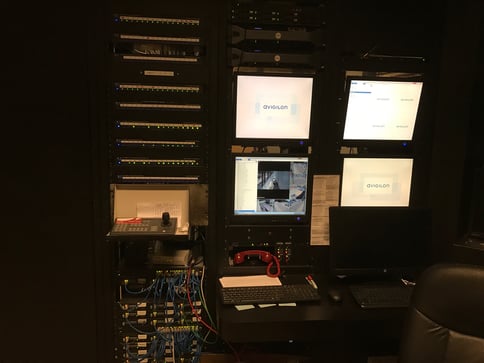
One of our senior account executives recently called me to solicit my aid in serving one of our clients who has need of a Security Operations Center or SOC. Her first question was “What do we need to know about developing a comprehensive plan for building out a customer SOC?” That is the right question to ask.
Here are nine key items I like to take into consideration:
1. What building systems will the occupants of the SOC need to interact with?Elevators
Fire Alarm System
Intrusion Detection
Remote door release / Intercoms
Gate Release
Access Control
Card Management-and issuance
Visitor Management
Video Management/Video Monitoring
Building systems (water, heat, gas, etc)
Emergency Communications
2. How many workstations will be in the SOC?
3. How many square feet are there to work with?
4. What level of system integration exists between the various electronic systems?
5. What is the natural workflow?
In the event of various emergencies?
During normal working conditions?
6. Will graphic displays or automation of notification improve response?
7. What are the air conditioning /cooling concerns and power requirements?
8. Is there back up power available?
9. How digital are the systems (mobile) and can a back up location or off-site location be created if needed?
Building a comprehensive plan for a customer Security Operations Center (SOC) requires careful consideration of various factors. One important aspect to consider is the interaction between the occupants of the SOC and the building systems. This includes elevators, fire alarm systems, intrusion detection, remote door release, intercoms, gate release, access control, card management, visitor management, video management, and monitoring, as well as other building systems like water, heat, and gas. Another crucial consideration is the number of workstations required in the SOC and the available square footage for the setup.
Additionally, understanding the level of system integration between different electronic systems is essential. It is also important to determine the natural workflow during emergencies and normal working conditions. Incorporating graphic displays or automation of notifications can significantly improve response times. Moreover, addressing air conditioning and cooling concerns, as well as power requirements, is crucial for the smooth functioning of the SOC. Having a backup power source and the ability to create a backup or off-site location is also important in case of emergencies. By considering these factors, organizations can develop an effective SOC that meets their specific needs.
These aren’t all of the questions that go into creating an effective SOC, but they are a reasonable start. Of course, words such as budget, supervisory views, redundancy, survivability, process and training, standardization are all good words to consider in your planning as well.

